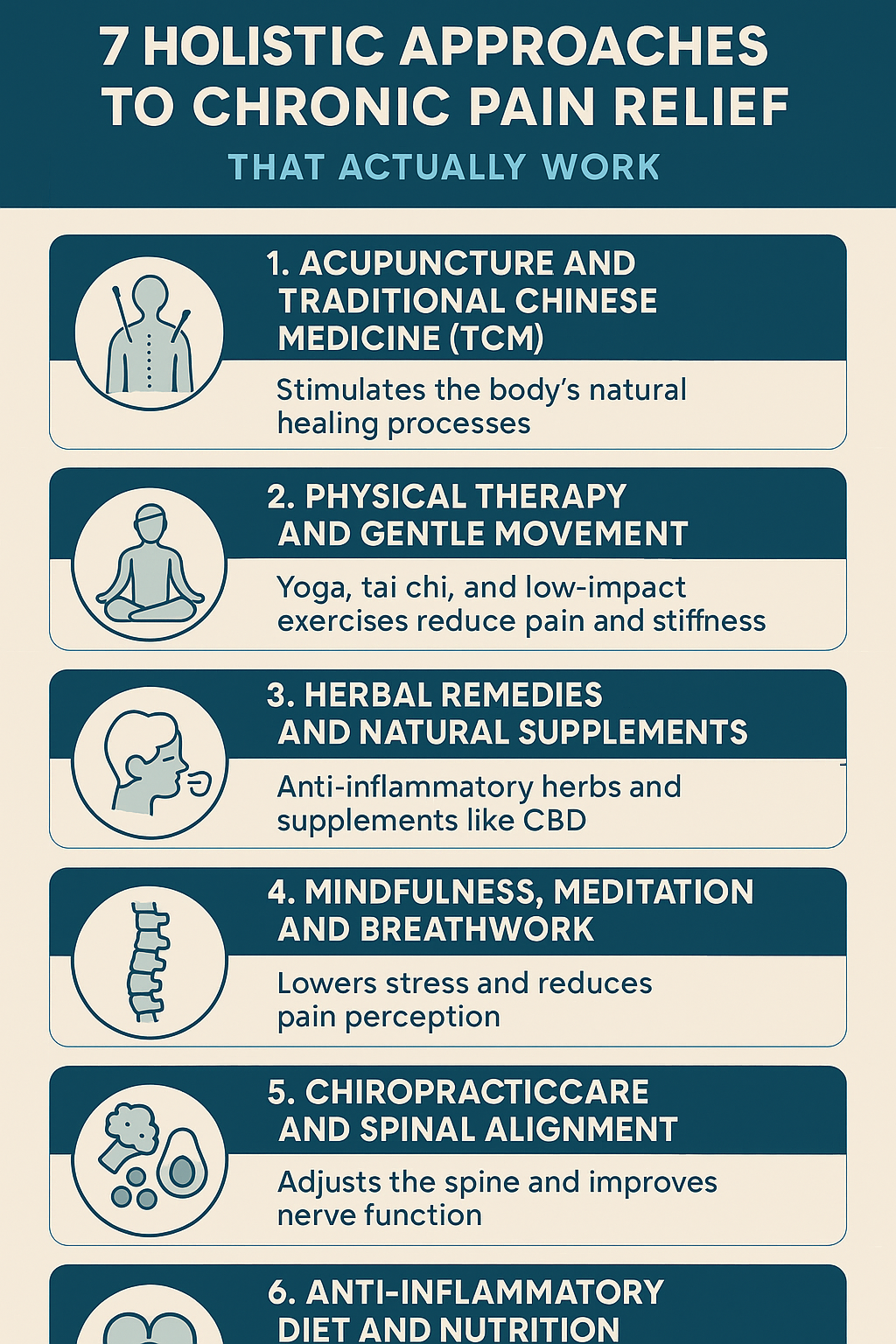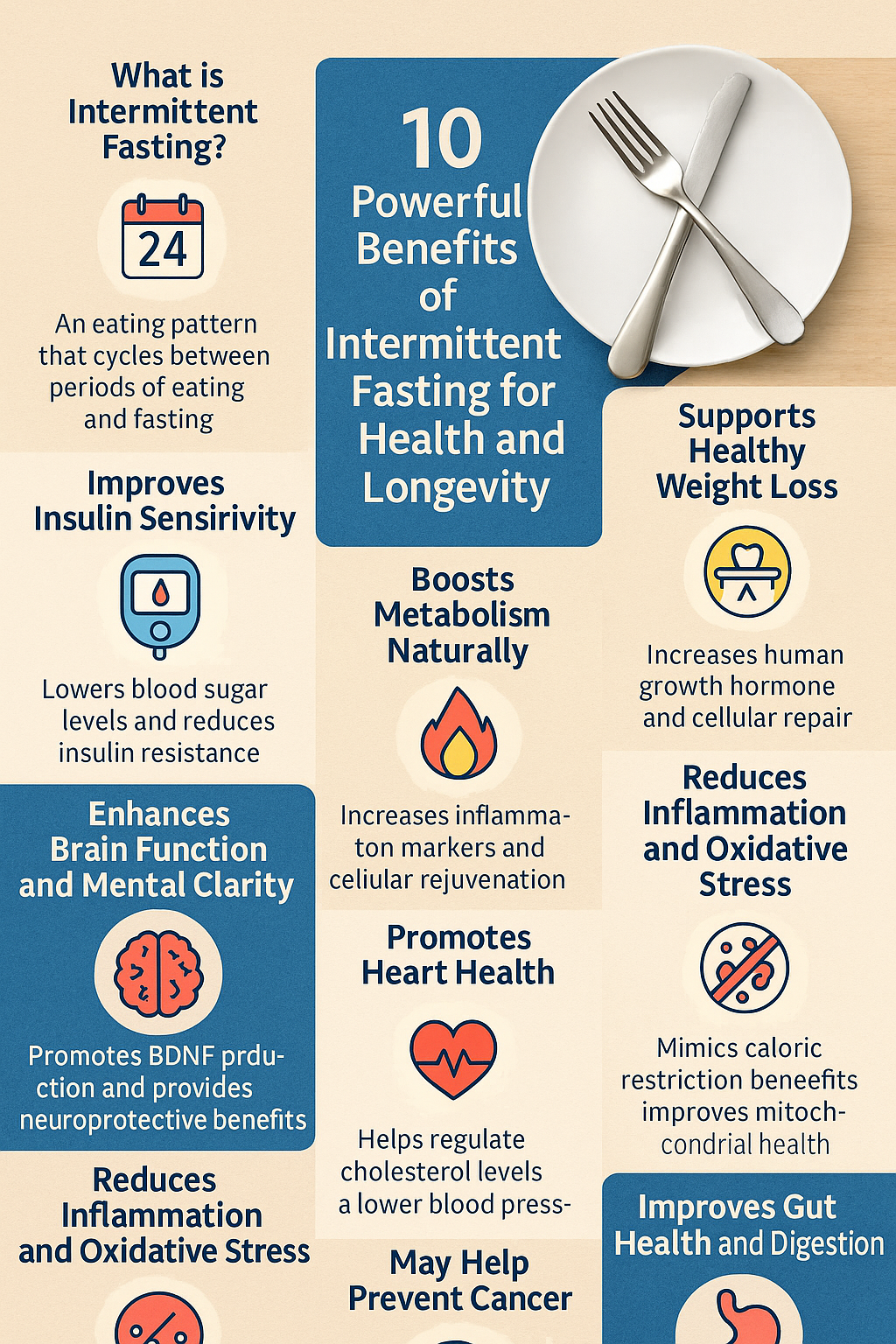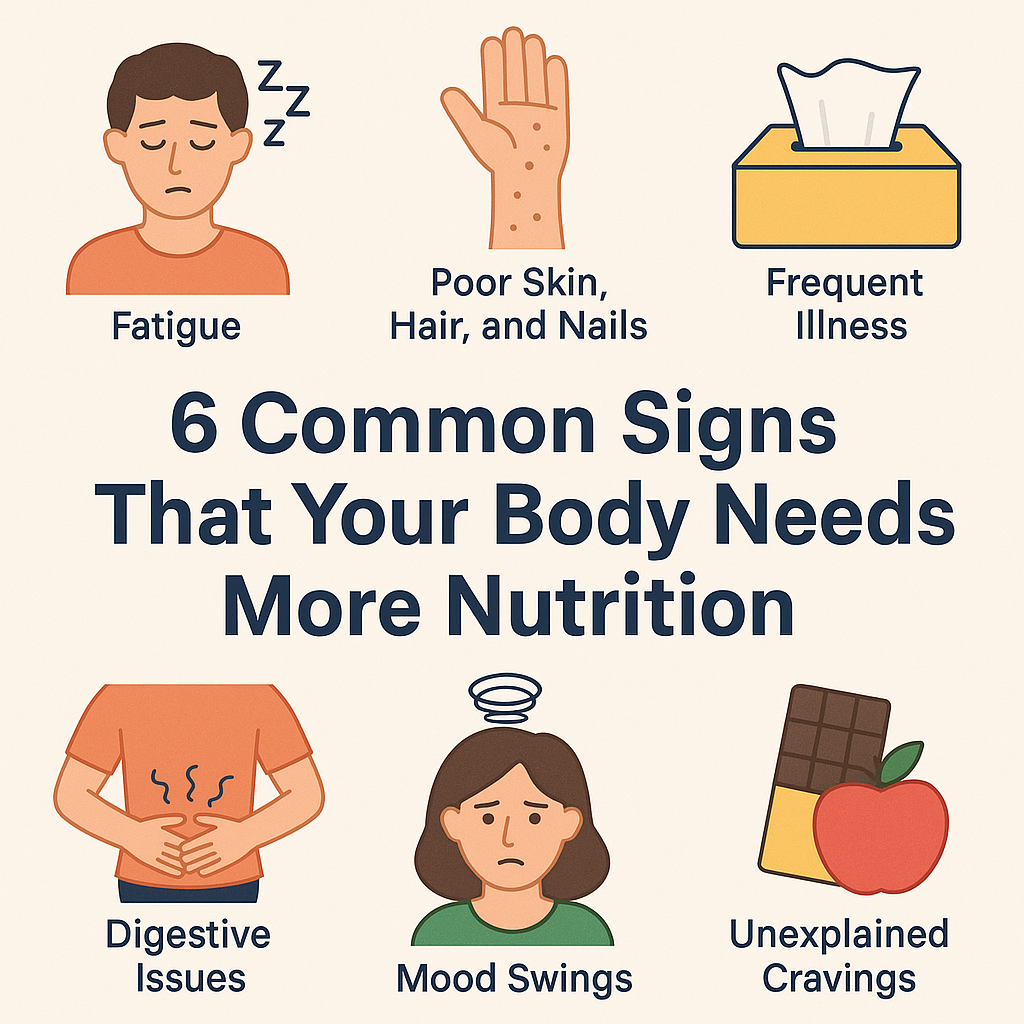Chronic pain is a silent struggle many endure daily. Whether it stems from arthritis, fibromyalgia, back injuries, or unknown causes, it’s not just a physical burden—it affects your mood, sleep, and overall quality of life. While painkillers can offer temporary relief, many are turning to holistic approaches to chronic pain relief for sustainable, natural healing.
Let’s explore how healing the whole person—body, mind, and spirit—can ease chronic pain and restore vitality.
Understanding Chronic Pain
Definition and Common Causes
Chronic pain is any discomfort that lasts more than 12 weeks, even after the original injury or condition has healed. Common sources include:
- Arthritis
- Neuropathy
- Migraines
- Back and neck pain
- Autoimmune disorders
The Limitations of Conventional Treatment
Standard treatment often includes:
- Prescription painkillers
- Steroid injections
- Surgery
While effective in the short term, these can lead to dependency, side effects, or only mask the symptoms without addressing root causes.
Why Choose Holistic Pain Management?
The Mind-Body Connection
Holistic medicine acknowledges the interplay between mental, emotional, and physical health. Chronic pain is rarely just about the body—it’s influenced by stress, trauma, and unresolved tension.
Long-Term Relief Without Dependency
Instead of relying solely on pharmaceuticals, holistic approaches promote natural healing, helping the body restore balance and function over time.
1. Acupuncture and Traditional Chinese Medicine (TCM)
How Acupuncture Works
This ancient practice uses thin needles inserted at specific meridian points to stimulate energy flow (Qi) and trigger the body’s natural healing response.
Conditions It Helps
Acupuncture is widely used to treat:
- Sciatica
- Arthritis
- Fibromyalgia
- Migraines
- Lower back pain
2. Physical Therapy and Gentle Movement
Yoga and Tai Chi
Gentle, low-impact practices like yoga and tai chi help improve flexibility, strengthen muscles, and reduce stiffness without overloading joints.
Low-Impact Exercises for Joint and Muscle Pain
Other movements such as swimming, walking, or using resistance bands can improve circulation and decrease inflammation—key contributors to pain.
3. Herbal Remedies and Natural Supplements
Anti-Inflammatory Herbs
- Turmeric (curcumin): Proven to reduce joint pain and inflammation
- Ginger: Helps with arthritis and muscle soreness
- Willow bark: Natural pain reliever similar to aspirin
CBD and Magnesium for Pain Relief
- CBD oil may reduce nerve pain and inflammation
- Magnesium supports muscle relaxation and helps ease tension headaches and cramps
4. Mindfulness, Meditation, and Breathwork
Reducing Pain Perception
Practicing mindfulness rewires the brain to lower the intensity of pain signals. Studies show that meditation can reduce chronic pain by up to 57%.
Simple Mindfulness Practices
- Body scan meditation
- Box breathing (inhale, hold, exhale, hold—4 seconds each)
- Loving-kindness meditation for emotional pain
5. Chiropractic Care and Spinal Alignment
Benefits for Back and Neck Pain
Chiropractors use gentle adjustments to correct misalignments that cause nerve compression or inflammation—common causes of back pain.
What to Expect in a Session
Expect a hands-on adjustment, along with lifestyle advice for posture, ergonomics, and exercises tailored to your condition.
6. Anti-Inflammatory Diet and Nutrition
Foods That Heal
Diet plays a powerful role in managing chronic pain. Incorporate anti-inflammatory foods like:
- Leafy greens (spinach, kale)
- Fatty fish (salmon, sardines)
- Berries (blueberries, strawberries)
- Olive oil and avocados
These foods are rich in antioxidants and omega-3 fatty acids that help combat inflammation at a cellular level.
What to Avoid When Managing Pain
Limit or avoid:
- Refined sugars and processed foods
- Red meats and saturated fats
- Alcohol and excessive caffeine
These can trigger or worsen inflammation and pain flare-ups.
7. Emotional Support and Mental Health Care
Role of Counseling and CBT
Cognitive Behavioral Therapy (CBT) helps patients reframe their thoughts around pain, reducing emotional suffering and feelings of helplessness.
Dealing with the Psychological Impact of Chronic Pain
Chronic pain often leads to depression, anxiety, or isolation. Talk therapy, support groups, or journaling can improve resilience and mental well-being.
Integrative Therapies: Combining Multiple Approaches
Personalized Healing Plans
A holistic pain relief plan may combine:
- Yoga + Anti-inflammatory diet
- Acupuncture + CBT
- Herbs + Meditation
Each individual’s experience is unique. A tailored plan considers lifestyle, medical history, and preferences to ensure lasting relief.
Success Stories and Case Studies
- A fibromyalgia patient found lasting relief through weekly acupuncture and daily mindfulness practice.
- A former athlete reduced his back pain using CBD oil, physical therapy, and a strict anti-inflammatory diet.
- A working mom with migraines benefited from magnesium supplements, regular chiropractic care, and tai chi.
Precautions and When to See a Doctor
When Natural Methods Aren’t Enough
While holistic therapies are powerful, they’re not replacements for medical care in every case. Seek immediate help if:
- Pain is severe or sudden
- You experience numbness or weakness
- Pain affects your mobility or ability to function
Working with Your Healthcare Team
Always inform your doctor about supplements or alternative therapies you’re using. Holistic and conventional care can work hand-in-hand for better outcomes.
Frequently Asked Questions
1. Can chronic pain be managed without drugs?
Yes. Many people successfully manage chronic pain through a combination of physical therapy, nutrition, meditation, and holistic therapies—though results vary.
2. What diet helps with chronic inflammation?
The Mediterranean diet, rich in healthy fats, vegetables, and fish, is widely recommended for reducing inflammation and managing pain.
3. Is CBD effective for chronic pain?
CBD shows promise in reducing inflammation, nerve pain, and anxiety, but its effectiveness can vary. Always use high-quality, third-party tested products.
4. Can mental health affect pain levels?
Absolutely. Stress, depression, and anxiety can intensify the perception of pain. Managing mental health is essential for comprehensive relief.
5. How often should I get acupuncture?
It depends on your condition. Most people begin with 1–2 sessions per week, tapering off as symptoms improve.
6. Are natural supplements safe long term?
Many are, but not all. Consult a healthcare provider before starting new supplements—especially if you take medications or have health conditions.
Conclusion: Finding Relief Through Whole-Person Healing
Chronic pain doesn’t have to dictate your life. With a holistic approach, healing becomes a journey—not just of treating symptoms, but of restoring balance and reclaiming well-being.
Whether you choose acupuncture, herbal support, mindful movement, or a nutritious diet, remember: true relief is found by treating the whole person—body, mind, and soul.
Take small steps, stay consistent, and seek support. You’re not alone, and healing is possible.





